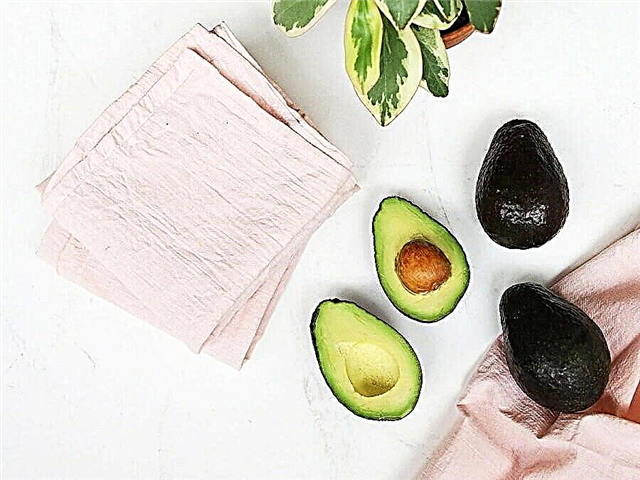Share
Pin
Tweet
Send
Share
Send
Bladder cystitis or inflammation is a common problem. It occurs in 25-30% of women. And this is only official statistics.
In fact, cystitis is more often affected, but many do not go to the doctor and try to treat it on their own.
Cystitis occurs for various reasons, but the most common is Escherichia coli Escherichia coli. She lives in the rectum of each person and can enter the bladder through the urethra. In the bladder, bacteria attach to the cells of the mucosa, live at their expense and multiply. The cells of the mucous membrane die, inflammation occurs.
The immune system should protect the body from invading bacteria, but this is not always the case. Women can be considered especially “unlucky": they make up 80% of patients diagnosed with cystitis.
Why are women sick more often?
1. Female anatomy
In women, the urethra is wide and short, located closer to the anus than in men. This means that infections are much easier to get into the urethra.2. Violation of the rules of personal hygiene
Most often, bacteria enter the urethra from the anus or vagina. This can happen after sex. The second reason is the non-observance of personal hygiene rules, which include not only regular washing, but also timely replacement of tampons and pads, thorough wiping after the toilet (you need to wipe from front to back, and not vice versa).Women who are prone to cystitis say that exacerbation can occur after a single trip to the public toilet or after spending the night in a tent in nature, where it is difficult with personal hygiene.
3. Subcooling
A sharp drop in temperature, even for a short time, is an inhibition of immunity, and any infection that is “dormant” in the body can “take advantage” of this situation. After hypothermia, cystitis almost always occurs in women who have already had pain, so it is especially important for them to dress warmly and be careful.4. Rare toilet visits
If you rarely go to the toilet, bacteria accumulate in the bladder along with urine. The longer the urine is in the urine, the easier it is for bacteria to gain a foothold on the walls of the bladder and begin to destroy them. It is known that women go to the toilet less often, because the volume of the female bladder is larger than the male. This is another reason that cystitis is mainly a "female disease".First signs
You probably have cystitis if:
- when going to the toilet, pain and pain, especially at the end of urination,- urination is frequent, sometimes urges occur every 10-15 minutes,
- little urine comes out at a time,
- you feel discomfort in the suprapubic part,
- urine with a pungent odor, cloudy, sometimes with an admixture of blood.
If you are familiar with at least one of these symptoms, then you should take care not only of treatment, but also of the prevention of cystitis. Having taken a course of antibiotics, you cannot guarantee your recovery forever.
What to do to prevent cystitis
Prevention of cystitis - these are measures that should be taken after treatment to save yourself from having to take antibiotics in the second round.Prevention of cystitis is quite simple. Most importantly, always remember about it and not create suitable conditions for infection.
1. Drink more fluids
Everyone should drink a minimum of 2 liters of water per day, and this is not counting tea, coffee, juices and other things. Drinking plenty of fluids means going to the toilet more often and flushing the infection out of the bladder.
2. Do not overcool
Everyone knows that you can’t freeze and sit in the cold. But the peak of cystitis still occurs in autumn and winter.And even if hypothermia does not become a direct cause of relapse of cystitis, it leads to a cold. A cold reduces immunity, and the causative agent of infectious cystitis gets complete freedom of action. Therefore - warm yourself.3. Observe good hygiene
Avoid situations where infection can enter the urethra from the vagina or rectum. Change linens and pads in time, wash regularly. After sexual intercourse, even if you used a condom, it is recommended to go to the toilet and urinate: urine will wash away bacteria that could get from the vagina into the urethra.4. Train your intimate muscles
Blood stasis in the pelvic organs is another cause of cystitis. Normal blood circulation to the wall of the bladder is needed so that the immune blood cells more actively destroy the infection and "remove" dead tissue cells due to inflammation.You will not spend much time on charging. Moreover, it can be done right at work or in transport - invisibly to others. The essence of the exercise is reduced to alternating tension and relaxation of the muscles of the pelvis and vagina.
5. After situations provoking cystitis, accept the cystenium
If you are still cold or have not been able to get into the ladies' room for a long time, or there is another reason causing cystitis, drink a drink with a high content of cranberries and bearberry. They were also used by our grandmothers for cystitis. But in urban conditions it is difficult to prepare a decoction or fruit drink, and to calculate the correct dosage is even more difficult.Therefore, pay attention to the drug Cystenium, created to prevent cystitis. It contains cranberry and bearberry extracts, as well as vitamin C. The raw materials for Cystenium are purchased in France, and the active substances are used in effective dosages.

How does cystenium work?
Cystenium is a triple defense against inflammation of the bladder.- Cranberry extract contains proanthocyanidins, which prevent bacteria from gaining a foothold on the bladder mucosa. Bacteria cannot eat and multiply, and therefore do not cause inflammation.
- Bearberry extract has a detrimental effect on bacteria and has a diuretic effect to remove the infection from the body.
- Vitamin C creates an acidic environment that is unfavorable for the life of bacteria, and also helps tissues recover faster after inflammation.
Cystenium is available in the form of a sachet. To prevent cystitis, it is enough to take it 1-2 times a day. Just pour the contents of the bag into a glass and dilute with water. Get a drink with a berry flavor.
Cystenium is recommended to be taken to avoid relapse of cystitis or for planned prevention in the fall and winter. In the latter case, the optimal time of admission is in the evening. During sleep, urinary congestion is usually the longest, and bacteria multiply more intensively. One bag of Cystenium at night will prevent the development of cystitis. And if you have enough discipline for a monthly course of admission, then cystitis will “forget the way” to your body for a long time.


Share
Pin
Tweet
Send
Share
Send



